The investigation process in law enforcement is not as straightforward. Over time, police began to utilize multiple methods and tools to make their investigations more transparent. In recent years, the use of geofence warrants has increased immensely. It tracks the data from phones and devices in a specific area to search their
Google location data for investigations. Unlike traditional search warrants, this warrant provides law enforcement with broad proximity to search for clues and suspects.
Patented in 1995 by
American inventor Michael Dimino, geofences are virtual boundaries around specific geographic areas. Geofence warrants target such geofences to find clues and suspects. Since the beginning, these warrants have revolutionized the way law enforcement conducts investigations. And sometimes, it does give better results than traditional search warrants.
Let's discuss how geofence warrants work and what features make them different from traditional search warrants.
A geofence warrant or reverse warrant is a legal request from law enforcement to obtain location data from individuals who were in a specific area during a certain time. These warrants are typically sent to tech companies, like Google, which gather and store location data from mobile devices. The purpose of a geofence warrant is to identify potential witnesses, victims, or suspects by determining which devices were in a particular area at a specific time.
The law enforcement department can request these warrants after the crime has occurred. This is possible because Google tracks the location of devices using its services, such as Google Maps. Unlike traditional warrants, which police can obtain if they suspect a crime is about to happen.
Here's how geofence warrants work:
- Defining the Geofence: Authorities create a virtual boundary around a location where a crime occurred, such as a building or street.
- Setting the Timeframe: They specify the time when the crime took place, for example, between 3:00 PM and 4:00 PM.
- Requesting Data from Google: Police request location data for all devices that were within the defined area during that time.
- Receiving Anonymized Data: Google provides anonymized data, showing which devices were in the area, without revealing the identity of the owners.
- Further Investigation: If a particular device is of interest, the authorities may request additional information to link it to a specific person.
This method helps investigators track down potential suspects, witnesses, or other relevant parties without needing to know who they are in advance.
To better understand how a geofence warrant differs from a traditional warrant, let's first look at what a traditional search warrant involves. A traditional warrant is typically based on probable cause and is directed at a specific person, place, or thing. For example, if police suspect that someone has drugs in their house, they can obtain a traditional warrant to search that specific person’s home.
Here are some key differences between a geofence warrant and a traditional search warrant.
A geofence warrant is far broader in scope than a traditional search warrant. While a traditional warrant is issued for a specific person or property, a geofence warrant can cover multiple devices in a given area. For example, it might request data from thousands of phones that were in a large neighborhood, even if only one or two of those phones are related to the crime.
In a traditional warrant, law enforcement is typically looking for evidence related to a specific person. For example, if police suspect a person is involved in a crime, they may search that person’s home or phone for evidence. A geofence warrant, on the other hand, doesn't initially focus on any one individual. Instead, it collects data on anyone who happened to be in the area during the crime.
The data requested in a traditional warrant is more specific. If police suspect a person of a crime, they may request data like the suspect’s phone records, texts, or emails. In a geofence warrant, the data is often anonymized and pertains to the general location of devices, which can later be traced back to individuals if necessary.
Both types of warrants are based on probable cause. However, a geofence warrant relies on the concept that evidence can be found through location tracking, rather than direct evidence related to a person. Traditional warrants are more specific and require direct evidence of a crime before a judge approves them.
| Aspect |
Geofence Warrant |
Traditional Warrant |
| Scope |
Broad – collects data on anyone in a defined area |
Narrow – targets specific people or property |
| Data |
Request anonymized location data from multiple devices |
Requests specific data linked to a known person or location |
| Cause |
Based on the location of a crime, not a specific suspect |
Based on probable cause related to an individual or property |
| Target |
Often involves unknown individuals or random people in the area |
Targets known suspects or specific places |
While both geofence and traditional search warrants can provide futile results to the investigation process, geofence has a slight edge. It utilizes Google location data for investigations, enabling law enforcement officers to obtain concrete evidence in a shorter timeframe. Traditional warrants are relatively narrow, but they can aid in conducting geofence warrants and ultimately lead to a successful search.
If you want to learn more about geofence warrants and how to get approval without rejection, contact BlueForce Learning. We provide accredited courses with real-life examples and exercises that help you understand the soul of geofence warrants. Book your slot today and Step into the Future of Law Enforcement with
BlueForce Learning!
A geofence warrant is a legal request by the police to obtain location data from devices within a specific area during a certain time. This allows law enforcement to identify individuals or devices that may have been near a crime scene, even if they are not yet suspects.
In police work, geofencing involves creating a virtual boundary around a particular location (such as a street or building). Law enforcement can track devices that enter this area during a specific time frame, helping them identify who or what was near a crime scene.
Some people argue that geofencing may violate privacy because it collects location data from individuals not involved in the crime. Although the data is often anonymized initially, it can still reveal personal patterns or movements. Many believe it should only be used under strict guidelines to protect privacy.


